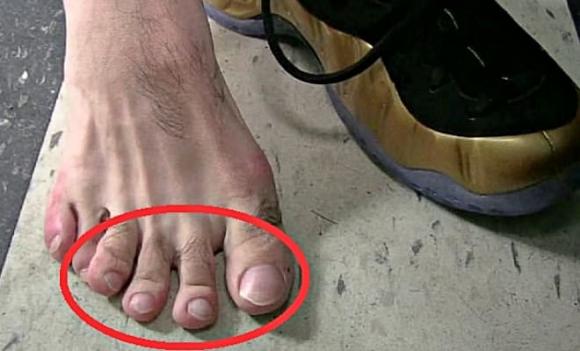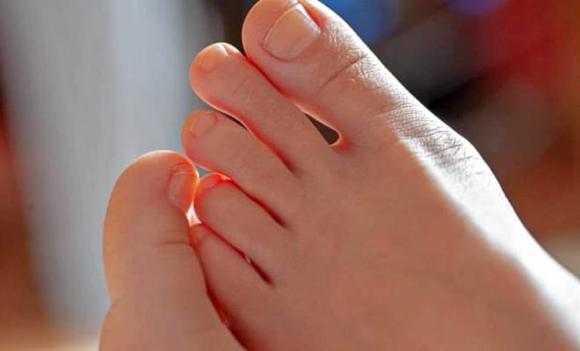In ancient times, the Vietnamese formed unique beliefs about predicting personality and destiny through physical features. One such fascinating cultural aspect is the practice of reading toe morphology. But are these folk speculations based on any factual grounds or are they merely subjective opinions?
A common proverb in rural areas states, “If your second toe is longer than your big toe, you won’t be filial when you grow up.” This saying stems from the concept of hierarchy and order within a family. The big toe is likened to the “pillar” of the foot, representing the elder or head of the family.
Thus, when the second toe exceeds the big toe in length, it is seen as a sign of disorder, implying the person with this feature may be rebellious or disobedient to their parents and may not uphold moral principles.

The Vietnamese have long held unique beliefs about predicting personality and destiny based on physical attributes.
However, it is essential to note that this notion primarily reflects the traditional mindset that emphasizes hierarchy and obedience in ancient society and lacks scientific basis.
Apart from the comparison of the big toe and the second toe, the relative lengths of the toes are also believed to reveal something about one’s personality. Those with toes that gradually decrease in length from the big toe to the little toe are often regarded as family-oriented. They prioritize their family’s well-being and are willing to make sacrifices for their loved ones.
These individuals tend to be emotionally invested, responsible, and dedicated to fostering a harmonious family life. However, they may sometimes become overly serious and stringent with themselves and those around them.
In contrast, people with petite little toes are often perceived as possessing innocent, humorous, and light-hearted souls. They effortlessly create a sense of closeness and amiability with others and are often a source of emotional support for their friends and family. Additionally, they stand out for their courageous, decisive nature and their unwavering commitment to their choices.

The relative lengths of the toes are believed to offer insights into one’s personality traits.
Another notable characteristic of the little toe is its ability to separate from the other toes. Individuals with this feature are often thought to lead rigid and dramatic lives. They quickly become bored with repetitive tasks and constantly seek novelty and adventure. With encouragement and support from others, they possess the potential to achieve great success.
In conclusion, reading toe morphology is an intriguing aspect of folk culture, offering a glimpse into the ancient Vietnamese perspective on personality and destiny. However, it is crucial to approach these beliefs objectively and cautiously, as personality formation is influenced by numerous factors, and basing judgments solely on foot morphology can be misleading. While these notions may provide entertainment and food for thought, it is essential not to place undue faith in speculations lacking scientific foundation.
“Ancestral Warning: ‘Poverty Doesn’t Mend Doors, Wealth Doesn’t Move Graves’, Ignoring This Brings 3 Generations of Misfortune”
Renovating a home or moving a grave are not decisions to be taken lightly, nor are they tasks to be undertaken on a whim. Superstition aside, these actions can have unforeseen consequences and far-reaching impacts on both the present and future generations. The adage “the poor don’t fix their doors, the rich don’t move their graves” holds a valuable lesson on the importance of thoughtful decision-making and the potential pitfalls of impulsive actions.



































